Your Questions answered
What is Autism Spectrum Disorder?
Autism Spectrum Disorder (ASD) is attributable to a category of neurological developmental challenges where children face hardship with social communication and emotional interactions, both verbally and non-verbally.
Due to autism being on a spectrum, each child will portray distinct characteristics. Consequently, each child with ASD must have a care plan catered to their specific needs.
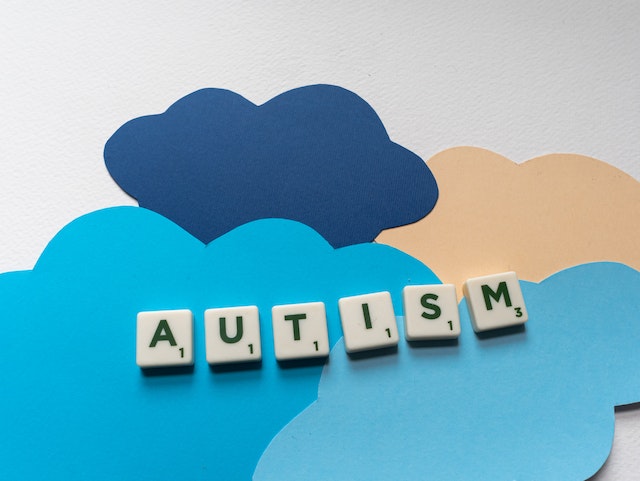
What Are Repetitive Behaviors?
Until recently, repetitive behaviors were not recognized as a condition in the diagnosis of ASD. However, new research has shown that repetitive behavior is amongst the first signs to appear in a child with ASD. Repetitive behaviors entail:

Hand-flapping
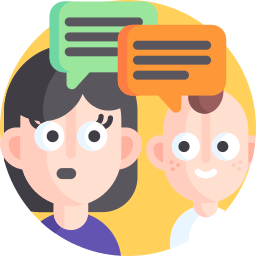
Vocalizations such as grunting or repeating certain phrases

Fidgeting with objects
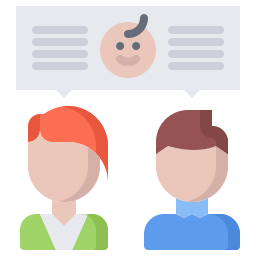
Routines and rituals
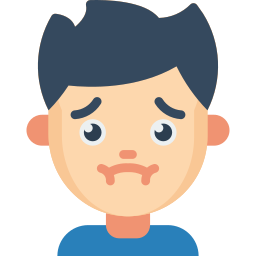
Body rocking
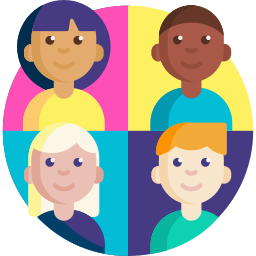
Insistence on sameness and intense interest
How Does ASD Affect Communication Skills?
The communication of children with ASD is dependent on both their intellectual and social development. Some children with ASD may understand complex words and have an extensive vocabulary. While others may have a limited vocabulary. Below are common communication skills children with ASD may have:
1. Repetitive or rigid language.
2. Uneven language development.
3. Deficient nonverbal conversation skills.
Other Challenges?
Children with ASD may also face Sensory Processing Disorder (SPD). SPD causes sensory messages received to the brain to portray differently. Some sensory inputs may be overwhelming (hypersensitivity) or some sensory inputs may not be noticeable as quickly (hyposensitivity). Some common sensitivity challenges include:
•Pressure
• Noises
• Smells
• Tastes
• Touch
What Is ABA (Applied Behavioral Analysis) Therapy and Why Is It Effective?
Applied Behavioral Analysis (ABA) is a scientific approach to treating ASD. In ABA therapy, a therapist reinforces desired behaviors and discourages unwanted behavior in a patient. Therapists use rewards to encourage a patient to develop communication, language, and other skills. There are several different types of ABA, and the type used depends on the patient’s age and goals.
Types of ABA Therapy:
- Discrete trial teaching
- Naturalistic teaching
- Pivotal response training
- Token economy
- Contingent observation


